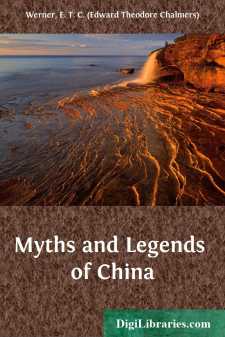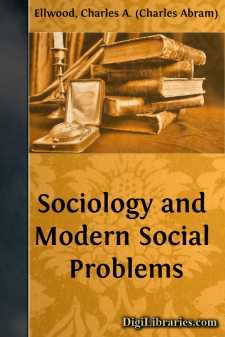Categories
- Antiques & Collectibles 13
- Architecture 36
- Art 48
- Bibles 22
- Biography & Autobiography 813
- Body, Mind & Spirit 142
- Business & Economics 28
- Children's Books 17
- Children's Fiction 14
- Computers 4
- Cooking 94
- Crafts & Hobbies 4
- Drama 346
- Education 46
- Family & Relationships 57
- Fiction 11829
- Games 19
- Gardening 17
- Health & Fitness 34
- History 1377
- House & Home 1
- Humor 147
- Juvenile Fiction 1873
- Juvenile Nonfiction 202
- Language Arts & Disciplines 88
- Law 16
- Literary Collections 686
- Literary Criticism 179
- Mathematics 13
- Medical 41
- Music 40
- Nature 179
- Non-Classifiable 1768
- Performing Arts 7
- Periodicals 1453
- Philosophy 64
- Photography 2
- Poetry 896
- Political Science 203
- Psychology 42
- Reference 154
- Religion 513
- Science 126
- Self-Help 84
- Social Science 81
- Sports & Recreation 34
- Study Aids 3
- Technology & Engineering 59
- Transportation 23
- Travel 463
- True Crime 29
Myths and Legends of China
Categories:
Description:
Excerpt
Chapter I
The Sociology of the Chinese
In spite of much research and conjecture, the origin of the Chinese people remains undetermined. We do not know who they were nor whence they came. Such evidence as there is points to their immigration from elsewhere; the Chinese themselves have a tradition of a Western origin. The first picture we have of their actual history shows us, not a people behaving as if long settled in a land which was their home and that of their forefathers, but an alien race fighting with wild beasts, clearing dense forests, and driving back the aboriginal inhabitants.
Setting aside several theories (including the one that the Chinese are autochthonous and their civilization indigenous) now regarded by the best authorities as untenable, the researches of sinologists seem to indicate an origin (1) in early Akkadia; or (2) in Khotan, the Tarim valley (generally what is now known as Eastern Turkestan), or the K’un-lun Mountains (concerning which more presently). The second hypothesis may relate only to a sojourn of longer or shorter duration on the way from Akkadia to the ultimate settlement in China, especially since the Khotan civilization has been shown to have been imported from the Punjab in the third century B.C. The fact that serious mistakes have been made regarding the identifications of early Chinese rulers with Babylonian kings, and of the Chinese po-hsing (Cantonese bak-sing) ‘people’ with the Bak Sing or Bak tribes, does not exclude the possibility of an Akkadian origin. But in either case the immigration into China was probably Page 14gradual, and may have taken the route from Western or Central Asia direct to the banks of the Yellow River, or may possibly have followed that to the south-east through Burma and then to the north-east through what is now China—the settlement of the latter country having thus spread from south-west to north-east, or in a north-easterly direction along the YangtzÐ⦠River, and so north, instead of, as is generally supposed, from north to south.
Southern Origin Improbable
But this latter route would present many difficulties; it would seem to have been put forward merely as ancillary to the theory that the Chinese originated in the Indo-Chinese peninsula. This theory is based upon the assumptions that the ancient Chinese ideograms include representations of tropical animals and plants; that the oldest and purest forms of the language are found in the south; and that the Chinese and the Indo-Chinese groups of languages are both tonal. But all of these facts or alleged facts are as easily or better accounted for by the supposition that the Chinese arrived from the north or north-west in successive waves of migration, the later arrivals pushing the earlier farther and farther toward the south, so that the oldest and purest forms of Chinese would be found just where they are, the tonal languages of the Indo-Chinese peninsula being in that case regarded as the languages of the vanguard of the migration....












